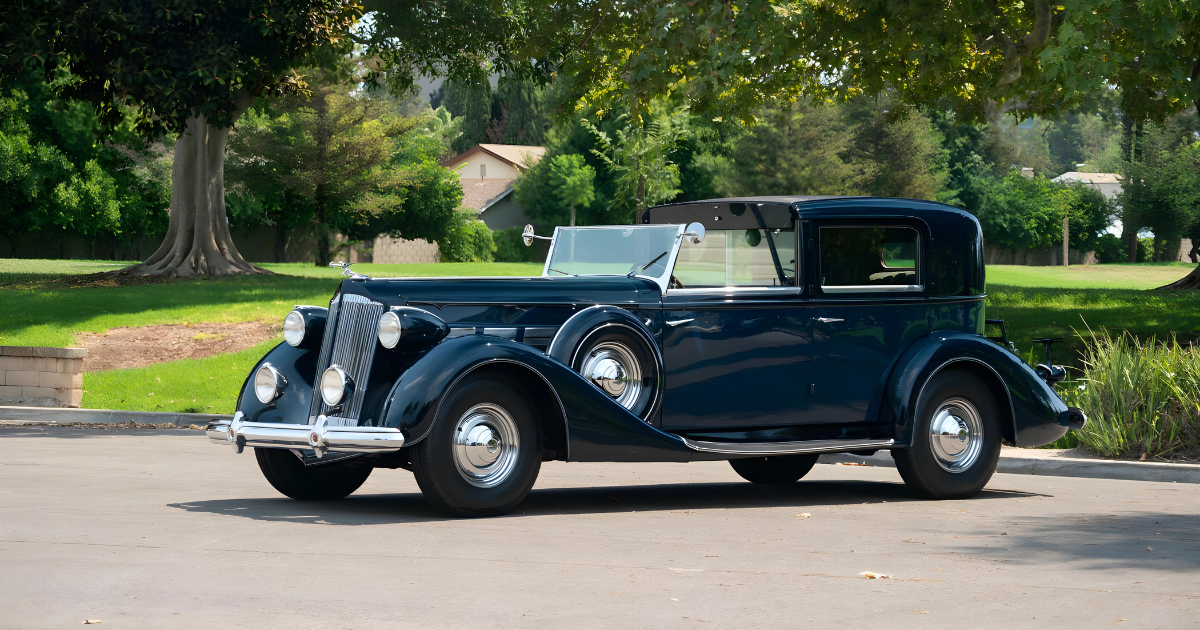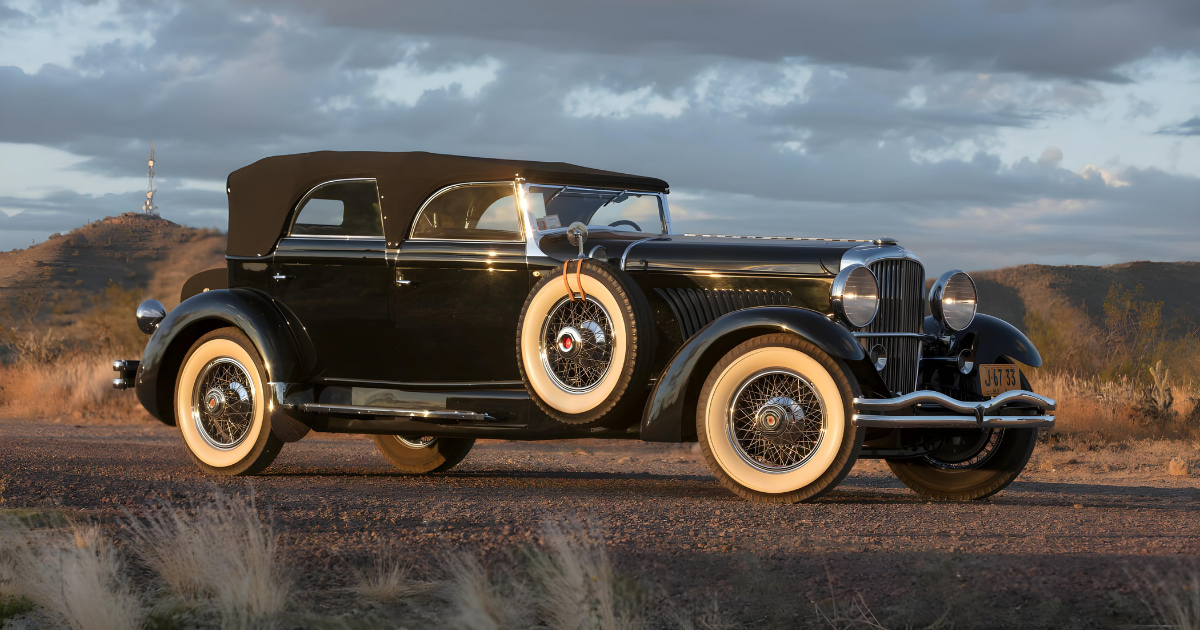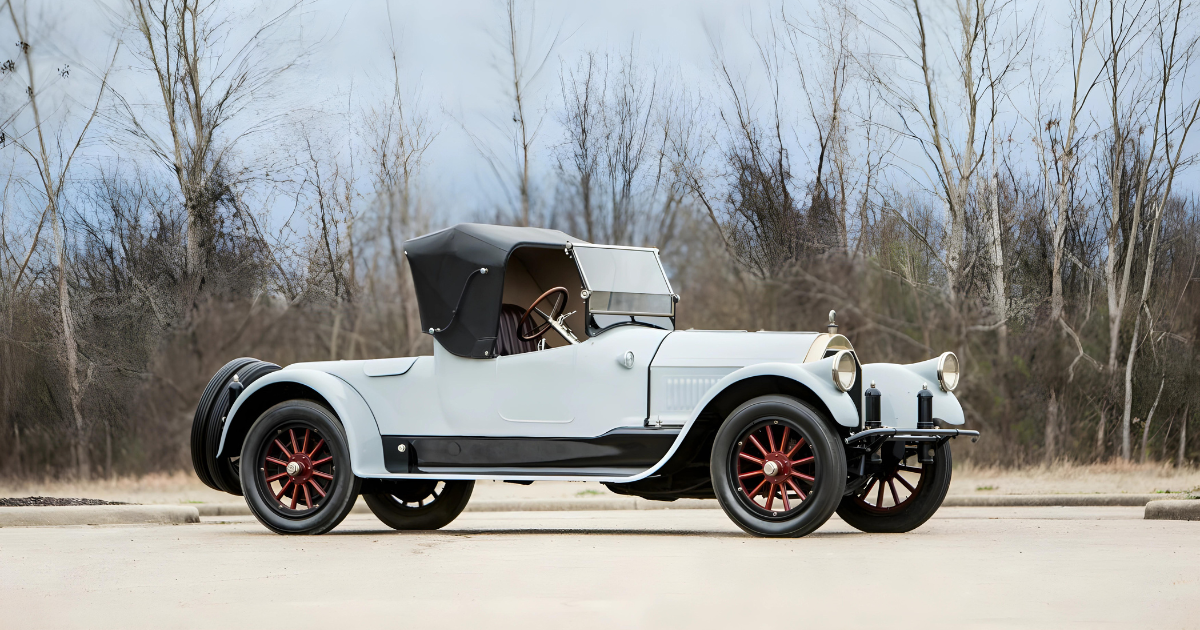
The introduction of Packard’s straight-eight engine in the 1924 series heralded a new era not only for the revered manufacturer but also for the American luxury automobile industry as a whole. Spearheaded by the legendary Col. Jesse Vincent, Packard’s engineering team crafted an engine that would become synonymous with power, refinement, and reliability, shaping the brand’s identity for decades to come.
The Packard Eight represented a significant leap forward in automotive engineering. Its straight-eight configuration provided smooth and nearly vibration-free operation, setting it apart from the competition of the time. This innovative engine design, coupled with Packard’s commitment to quality and craftsmanship, established the Packard Eight as a symbol of luxury and prestige.

By 1929, the Packard Eight had undergone several refinements, powering the Sixth Series 626 and 633 models. The engine, now a 320-cubic-inch, 90-horsepower “Standard Eight,” saw continued improvements in the Series 726 and 733 lines. Notably, a new Detroit Lubricator carburetor replaced the previous design, enhancing flexibility and responsiveness while maintaining consistent power output. These updates reflected Packard’s dedication to continuous improvement and innovation, ensuring that the Packard Eight remained at the forefront of automotive engineering.
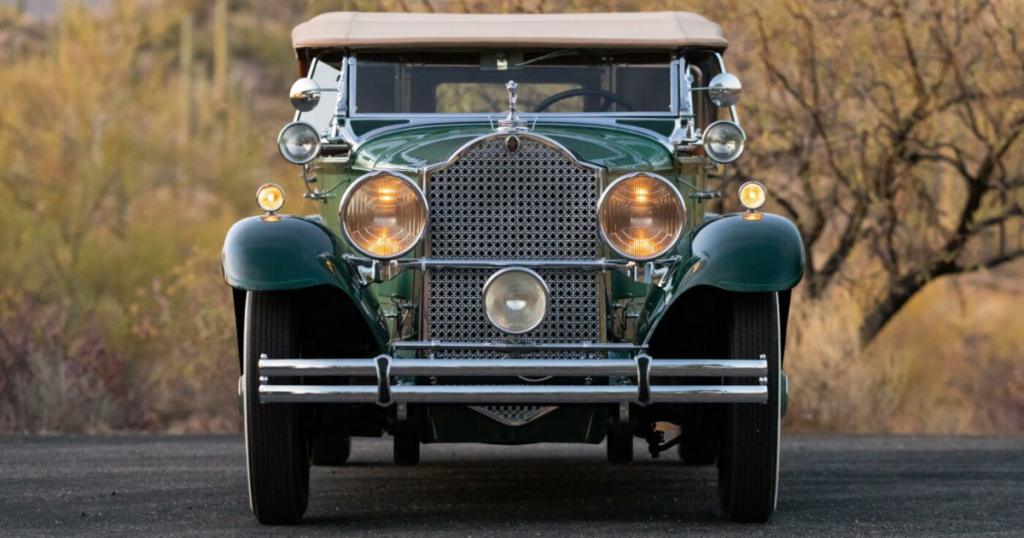
In addition to engine enhancements, the 1930 model year brought further improvements to the Packard lineup. A dual-belt water pump was introduced, facilitated by a one-inch increase in wheelbase and hood length. This enhancement improved engine cooling efficiency, ensuring optimal performance even under demanding driving conditions.
Furthermore, the inclusion of a four-speed manual transmission, featuring a specially designed extra-low gear for navigating challenging terrain, became standard across the lineup. This transmission setup provided drivers with greater control and versatility, enhancing both off-road capability and on-road performance.

Complementing these mechanical improvements was the introduction of a convenient one-shot Bijur chassis lubrication system. This system ensured that critical chassis components remained properly lubricated, contributing to a quiet, refined ride characteristic of Packard automobiles. These enhancements underscored Packard’s commitment to providing an unparalleled driving experience, combining luxury, performance, and reliability in one package.
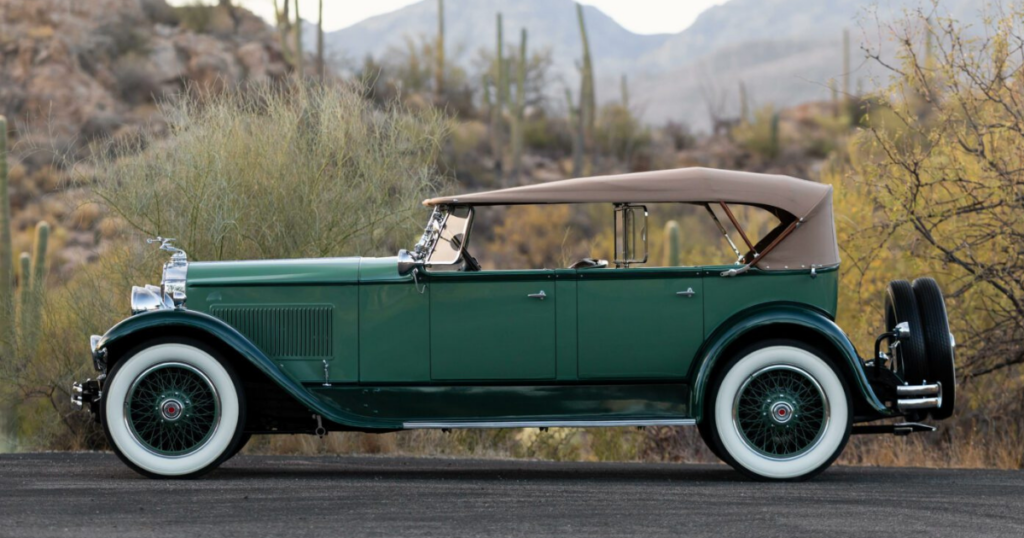
The Packard Eight’s impact extended beyond the American market. Its reputation for excellence and sophistication resonated with buyers worldwide, cementing Packard’s position as a global leader in luxury automobiles. From affluent executives to European nobility, the Packard Eight was coveted by discerning customers who valued quality, craftsmanship, and prestige.

In conclusion, the Packard Eight represented a pinnacle of automotive engineering and luxury during the Classic Era of automobiles. Its introduction in the 1924 series marked a significant milestone for Packard and the American automotive industry, setting new standards for performance, refinement, and elegance. Through continuous innovation and refinement, Packard ensured that the Packard Eight remained a symbol of automotive excellence for generations to come.

